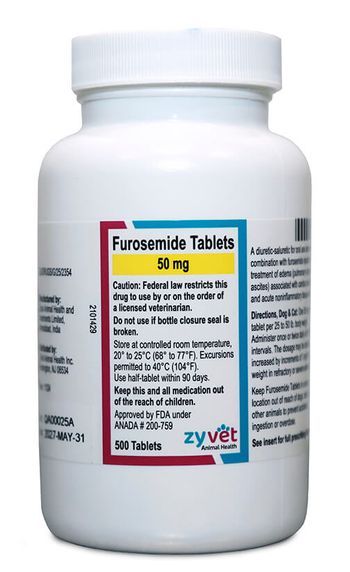
Hot Literature: What is the impact of diabetes mellitus on the quality of life in cats and their owners?
Owners think the disease has a greater negative impact on their own lives than on those of their cats.
As veterinary clinicians, our goal in managing feline patients with diabetes mellitus is often to ameliorate the clinical signs and to stabilize blood glucose concentrations. A study published in the Journal of Veterinary Internal Medicine late last year, however, found that owners thought that treatment of the disease had a greater negative impact on their own lives than on those of their cats.
The authors of the study created an online survey for the owners of diabetic cats similar to quality of life (QoL) surveys used for humans patients with diabetes mellitus. The survey was designed to measure owner-perceived quality of life issues of their pets and assess their feelings about the impact of the disease and its treatment on each pet's and owner's daily life.
Plattform/Getty Images
The survey consisted of 29 quality of life questions with corresponding multiple-choice answers. This format allowed application of a rating system in which answers were ranked according to their importance and frequency.
Owners of diabetic pets were made aware of the online survey primarily through their veterinarians via veterinary interest groups, veterinary media outlets, and continuing education events. The study included 221 owners of insulin-treated diabetic cats, predominantly from the United Kingdom, United States, and Canada.
The issues owners reported as having the greatest negative impact on quality of life were
- Boarding difficulties
- Owner wanting more control over the diabetes mellitus
- Difficulty leaving the cat with friends or family
- Worry about the cat's diabetes mellitus
- Worry about hypoglycemia episodes
- Adapting social life
- Diabetes mellitus-related costs
- Adapting work life.
Overall, owners predominantly thought that their pets had a good quality of life but that their pets' lives would be better if they did not have the disease.
On a positive note, owners also reported that, as a result of the disease, they had developed a special bond with their pets, played more often with their pets, and gave them extra things such as snacks or treats.
The authors caution that the data in the study need to be interpreted in light of the demographics of the population. Most respondents were owners of uninsured diabetic pets from the United States and the United Kingdom. Additionally, the survey was only available online, which may have biased the information against the elderly or underprivileged population.
Results of the study suggest that more attention should be paid to the impact of the disease on the owner's quality of life in addition to that of the pet's. The authors also suggest that, given the owner's concerns about hypoglycemia, more education about recognition, management, and at-home blood glucose monitoring should be considered.
"The tool could be used by clinicians and diabetic pet owners to assess and seek to improve QoL and treatment success, alongside clinical signs, blood glucose, and fructosamine measurement," the authors conclude. The survey may also prove useful, along with traditional biological measures, as a tool in clinical trials of new diabetes treatments.
Niessen SJM, Powney S, Guitian J, et al. Evaluation of a quality-of-life tool for cats with diabetes mellitus. J Vet Intern Med 2010;24(5):1098–1105.
This "Hot Literature" update was provided by Jennifer L. Garcia, DVM, DACVIM, a veterinary internal medicine consultant in Houston, Texas.
Newsletter
From exam room tips to practice management insights, get trusted veterinary news delivered straight to your inbox—subscribe to dvm360.





